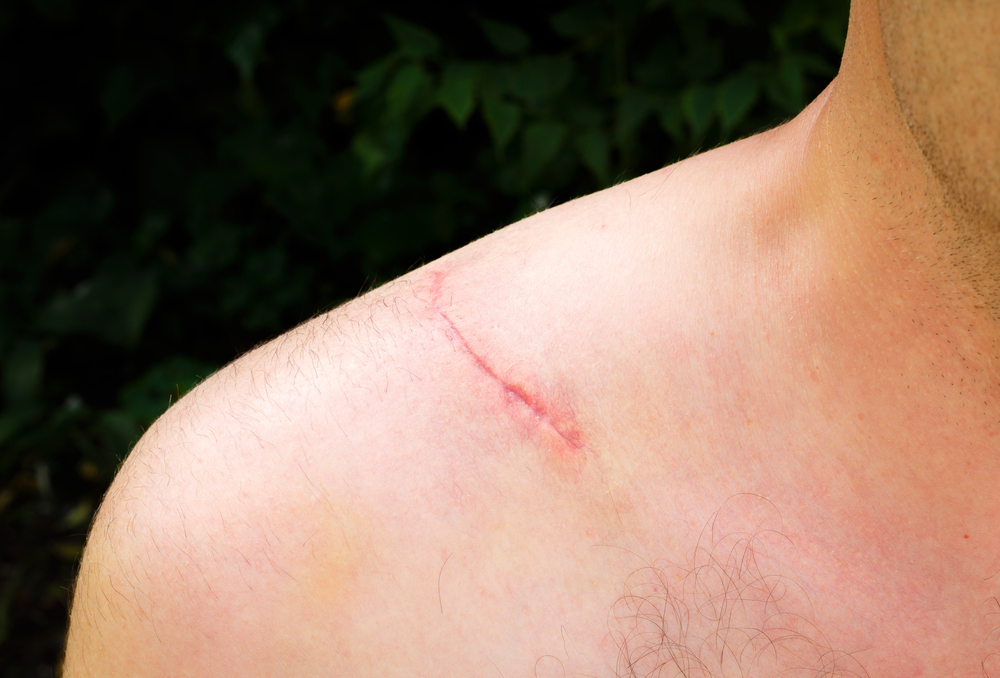New Insights Into Internal Scarring Present in Pulmonary Fibrosis Published By Stanford Researchers
Written by |

Researchers at Stanford University School of Medicine have come up with what appears to be one of the major keys in deciphering the mysteries of scarring. Their findings also included a molecule that could possibly reduce scarring and induce wound healing at the same time. Possibilities of this molecule being effective in treating melanoma (skin cancer) and combating the harmful effects of radiation on skin is also being explored as well. A drug that mimics the action of this protective molecule is being tested in humans as a treatment option for type 2 diabetes, and is soon expected to be approved for clinical trials to test its efficiency in humans, against melanoma and scarring.
The report was published in the latest issue of Science (April 17, 2015) and was conducted by Michael Longaker, MD, co-director of Stanford’s Institute for Stem Cell Biology and Regenerative Medicine, along with institute director Irving Weissman, MD, a professor of pathology and of developmental biology, both serving as senior authors.
Scarring is the preliminary response of the human body to any kind of abrasion or invasion. As evolution would have had it, scarring has been assumed to be a protective measure taken by the human skin to defend it from predators and infections. Only humans heal with a pathological scar. Collagen, secreted by a type of specialized cell called fibroblast, forms the basis of scar tissues. According to Dr. Longaker, “The biomedical burden of scarring is enormous. About 80 million incisions a year in this country heal with a scar, and that’s just on the skin alone. Internal scarring is responsible for many medical conditions, including liver cirrhosis, pulmonary fibrosis, intestinal adhesions and even the damage left behind after a heart attack.”
The researchers observed that a protein called engrailed was responsible for accumulation of collagen, which enhanced scarring. This was observed when they had injected engrailed-positive-fibroblasts (EPF) in genetically engineered mice with wounded backs. In addition, they also noticed that diphtheria toxin when injected with the same group, destroyed the EPF cells and mediated a slightly slower healing process but reduced scarring greatly.
[adrotate group=”3″]
On close examination of these EPF cells, researchers discovered a CD26 protein expressed on the surface of these cells. CD26 has an effect on insulin metabolism and the human form of this protein has been the target for many ‘inhibitor’ molecules in order to treat patients with low blood sugar levels (type 2 diabetes). It was inferred that a small molecule which blocks the effect of this CD26 protein, also reduces the scarring process in a way similar to eliminating the EPF cells.
Apart from reducing the amount of scar tissue, eliminating EPF cells was also found to be beneficial in healing skin damage caused due to radiation and in considerable reduction in the growth and proliferation rate of melanoma cells in mice.
“I’ve been obsessed with scarring for 25 years. Now we’re bringing together the fields of wound healing and tumor development in remarkable new ways. It’s incredibly exciting,” concluded Dr. Longaker.






